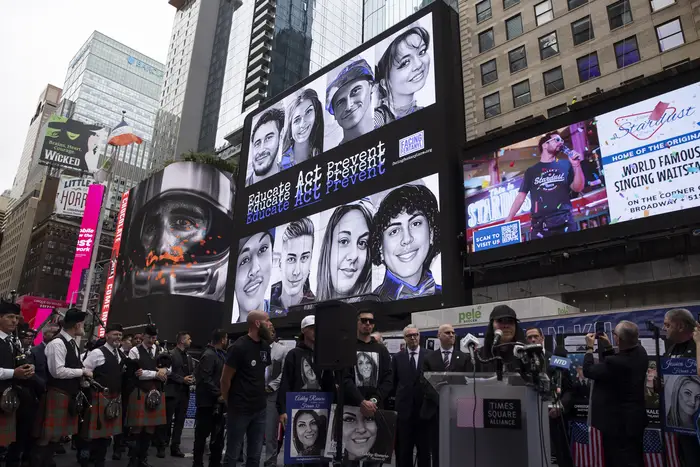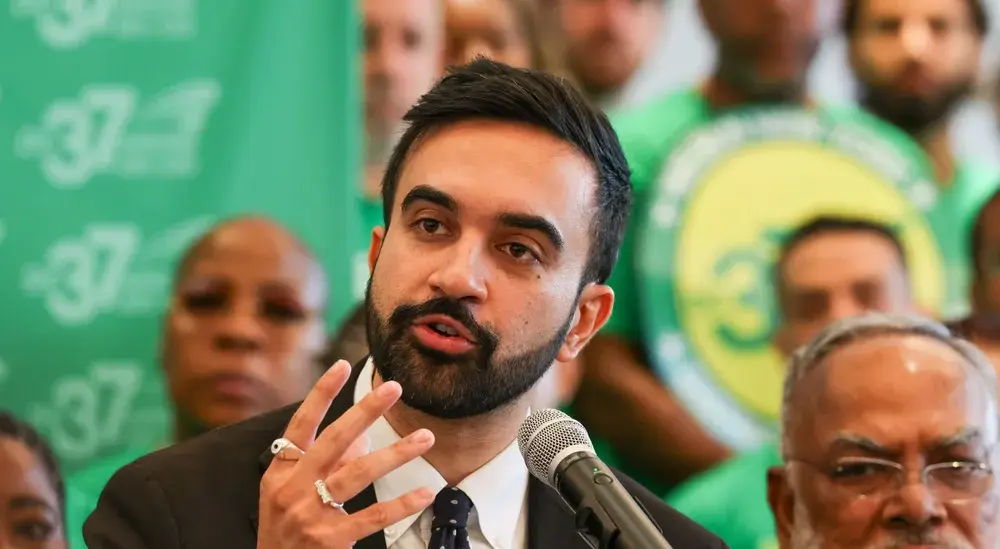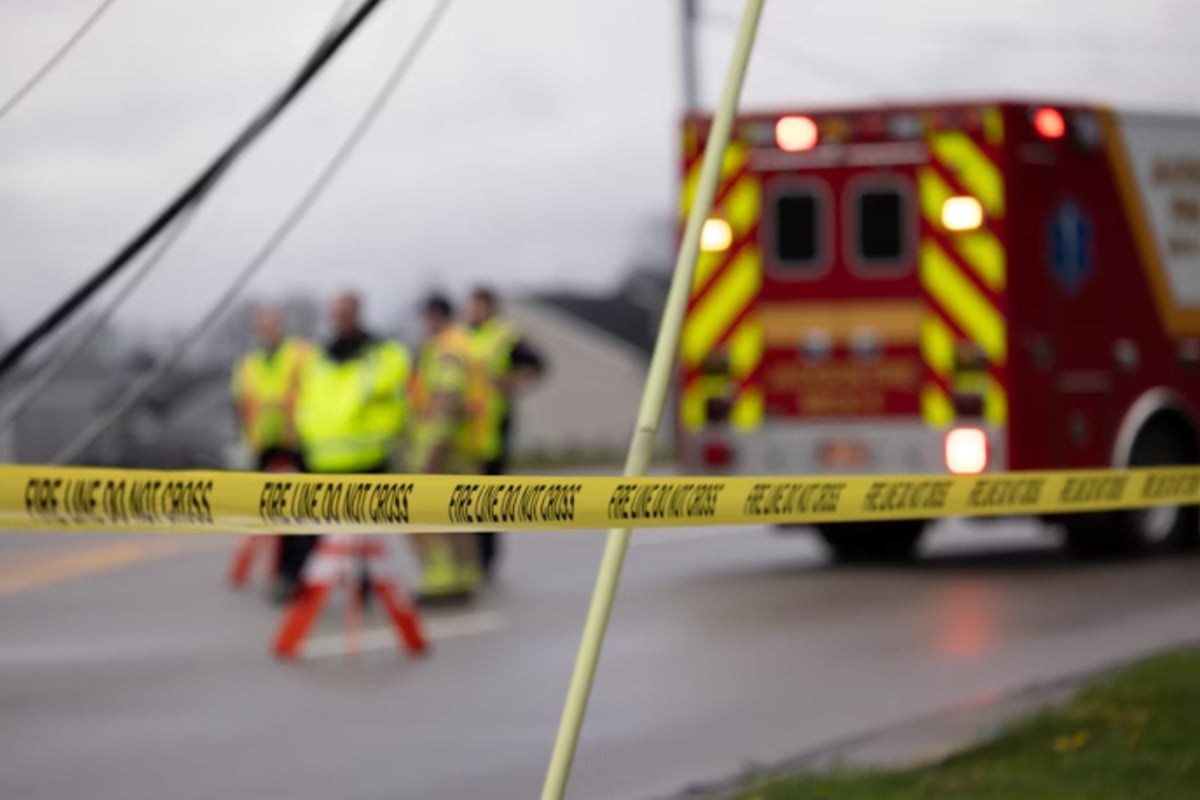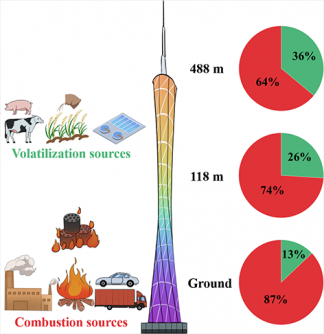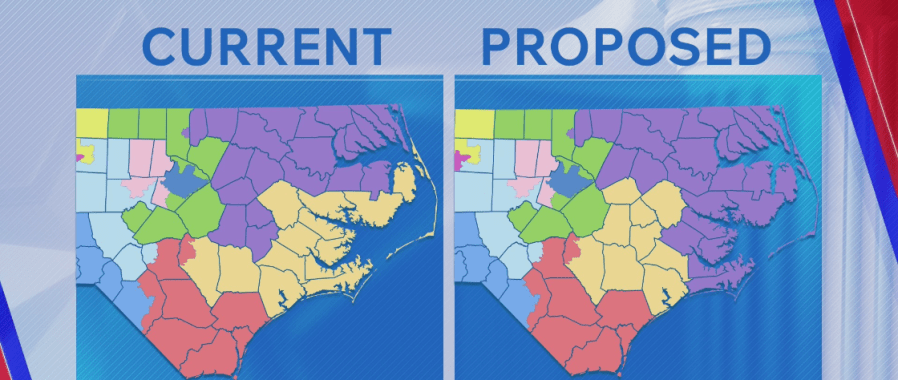UPDATE: New York City is witnessing a significant drop in drug overdose deaths, with a startling 28% decrease reported for 2024. The latest data from the city health department reveals 2,192 accidental drug overdose deaths, down from 3,056 in 2023. This urgent development signals a potential turning point in the city’s ongoing battle against the overdose crisis.
Mayor Eric Adams expressed cautious optimism, stating, “Progress on reducing opioid overdoses will never make up for the families that have been devastated… but it gives us hope that brighter days are ahead.” The city’s commitment to tackling this crisis comes as the nation grapples with an estimated 80,391 drug overdose deaths in the U.S. for 2024, a 27% decline from the previous year.
Despite this progress, the city faces a complex landscape. The data shows overdose deaths among Black and Latino New Yorkers have also dropped for the first time since 2018. However, deep racial and geographic disparities remain. The Bronx continues to experience the highest death rate, despite a 24% reduction from last year. Local advocate Marilyn Reyes warns, “The city must continue their investment in solutions that work,” highlighting the need for sustained efforts amidst ongoing challenges.
Staten Island recorded the most significant improvement, with a remarkable 49% decline in overdose deaths. Yet, the city must navigate the unpredictable drug supply, as noted by Toni Smith, state director for the Drug Policy Alliance: “There’s no guarantee that a trend downward this year means a trend downward next year.”
Despite recent federal funding cuts, New York City has accrued approximately $190 million from legal settlements with opioid manufacturers, aiming for a total of $550 million by 2041. These funds are integral to the city’s HealthyNYC initiative, which aims to reduce annual overdose deaths to 1,812 by 2030.
The Adams administration has touted its investments in treatment programs, including $41 million allocated for fiscal year 2025. Additionally, the operation of two overdose prevention centers, where users can consume drugs under supervision, remains a focal point in the city’s strategy.
As the city stands at a crucial juncture, the next mayor will play a vital role in sustaining and building on this progress. The ongoing debate regarding overdose prevention centers continues, with both candidates in the last mayoral debate expressing varying support for the program.
In a city where the overdose crisis has torn families and communities apart, the recent decline in deaths offers a glimmer of hope. Yet, advocates stress the importance of continuing harm reduction efforts to ensure that vulnerable populations are not left behind. “If we don’t continue on the path of reducing harm, we’re going to continue losing more people in the black and brown community,” Reyes cautioned.
As the situation develops, residents and officials alike are watching closely. The focus now shifts to maintaining momentum and ensuring that the lives lost are not in vain. The road ahead will require unwavering commitment and collaborative action to combat this persistent public health crisis.

